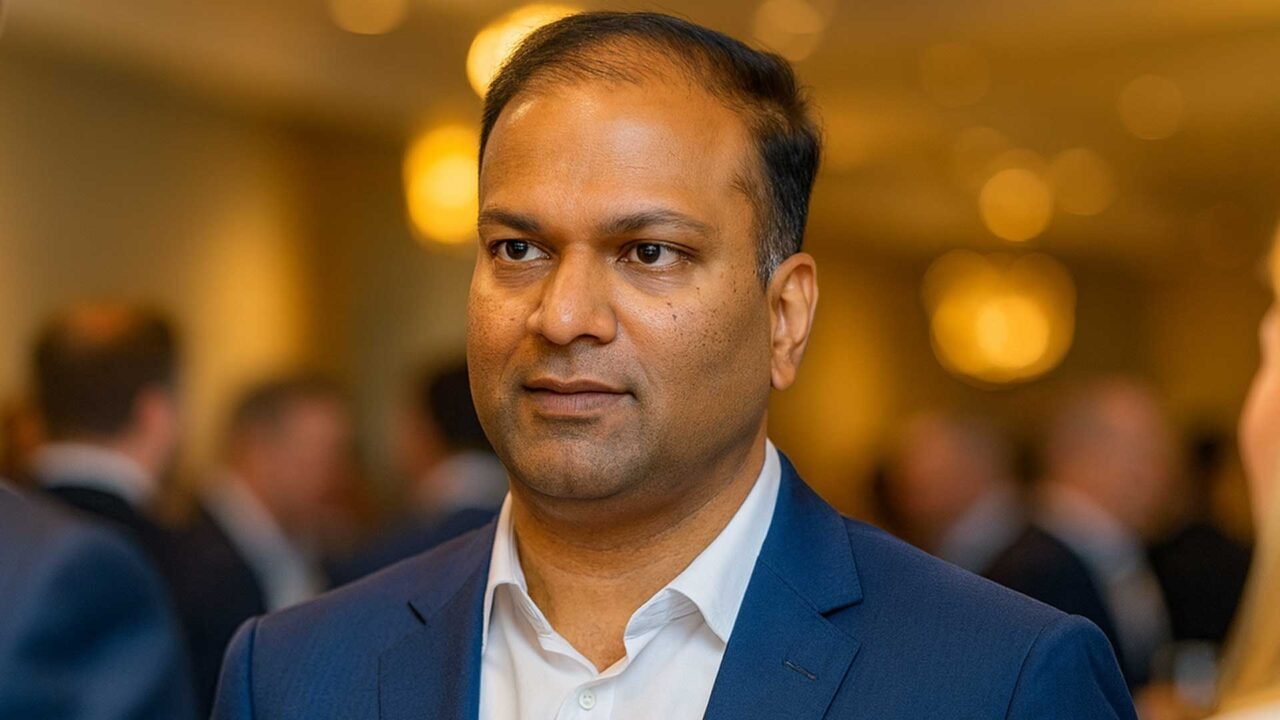
Turning Spaces Into Stories: How Hsin Yu Hsu Found Her Calling in Interior Design
July 15, 2025
The 12 Emo Zodiac: How Beam Ker Maps Feeling Through Form
July 15, 2025I’m Zhaoxiong Han, an architectural designer based in Los Angeles, specializing in sustainability and adaptive reuse. I was drawn to architecture by its ability to shape spaces and influence how people interact with their environment.
Over time, my focus has evolved toward creating work that connects history, culture, and innovation—challenging conventional approaches and exploring new possibilities for the built environment.
Being recognized by the MUSE Design Awards is a significant affirmation of my approach to architecture. It underscores the importance of pushing boundaries and exploring new design methodologies. Receiving international recognition at this level motivates me to continue contributing original ideas and advancing contemporary architectural discourse.
This recognition has been an important step in broadening my perspective as a designer. It has reinforced the importance of staying committed to my design principles while continuously challenging myself to evolve.
Receiving recognition at an international level has deepened my understanding of the broader design discourse and encouraged me to approach my work with greater clarity and responsibility.
Experimentation plays a central role in my creative process. I view each project as an opportunity to question conventional design frameworks and explore new spatial possibilities.
For example, in Twisted House, I experimented with formal deformation to rethink how architecture can engage with extreme landscapes. Instead of following a static, orthogonal structure, the design introduces a twisting geometry that responds dynamically to the surrounding mountains and river.
This approach not only redefines the spatial experience inside the building but also challenges traditional notions of how architecture interacts with nature. For me, experimentation is essential to pushing the boundaries of what architecture can achieve.
One of the most unusual sources of inspiration I’ve drawn from is the idea of distortion in natural landscapes—how forces like wind and water shape the environment over time. For Twisted House, I studied the way rivers curve and mountains erode, translating that sense of organic movement into the building’s twisting form.
Rather than starting from a conventional geometric framework, I allowed natural deformation to guide the design, creating a structure that feels both unexpected and deeply connected to its surroundings. This approach challenged me to think differently about form and context, and it continues to influence how I approach new projects.
I wish more people understood that the design process is not linear. It’s an iterative dialogue between ideas, context, and constraints. Good design rarely emerges in a straight line—it evolves through exploration, testing, and sometimes failure.
Each project requires balancing creativity with technical precision, and the final result is often the outcome of countless small decisions and refinements that aren’t immediately visible but are essential to creating meaningful architecture.
Navigating that balance requires a clear understanding of both the client’s needs and the core values of the design. I believe in establishing an open dialogue early in the process to align expectations and build trust. It’s important to listen carefully but also to advocate for ideas that serve the project’s long-term vision and integrity.
I see constraints not as limitations but as opportunities to refine and strengthen the design. Ultimately, the goal is to create work that is both responsive to the client and true to a larger architectural purpose.
One of the main challenges I often face is balancing conceptual ambition with technical and environmental realities. Pushing the boundaries of form and spatial experience requires constant negotiation between design intent and practical constraints such as climate performance, structural stability, and material behavior.
I approach these challenges through an iterative process—testing, refining, and collaborating closely with consultants to ensure the final design maintains its integrity while meeting all performance demands. I believe true innovation emerges not from avoiding constraints, but from using them as a catalyst for better, more thoughtful design solutions.
When I encounter a creative block, I step away from the immediate problem and shift my focus to different forms of art, literature, or nature. Engaging with disciplines outside architecture helps me reset my perspective and often leads to unexpected insights.
I find that creativity is less about forcing solutions and more about creating the right conditions for ideas to emerge. Taking a step back allows me to return to the work with renewed clarity and energy.
I value authenticity, context, and longevity in design. I believe architecture should be deeply connected to its environment and cultural setting, rather than imposed upon it.
My experiences living and working in different places have shaped my approach to creating spaces that are sensitive, responsive, and enduring. I aim to design with a long-term perspective, ensuring the work remains relevant and meaningful over time.
I wish more people would ask how design can truly serve people and the environment. To me, good design is not just about aesthetics—it’s about creating spaces that are functional, intuitive, and enhance everyday life.
It’s also about respecting the environment and designing with a sense of responsibility toward the world we inhabit. I believe architecture should improve the human experience while maintaining a thoughtful relationship with its context.
Zhaoxiong Han
Zhaoxiong Han is an architectural designer in Los Angeles specializing in sustainability and adaptive reuse. His work connects history, culture, and innovation, challenging conventions and exploring new possibilities in the built environment.
Explore the journey of Rui Wang & Junrong (Arving) Wu, the Silver Winners of the 2025 MUSE Design Awards. They blend strategic visual storytelling and immersive design to create The Soundscapes Archive, a project that weaves emotion, identity, and memory into a compelling sensory experience.






